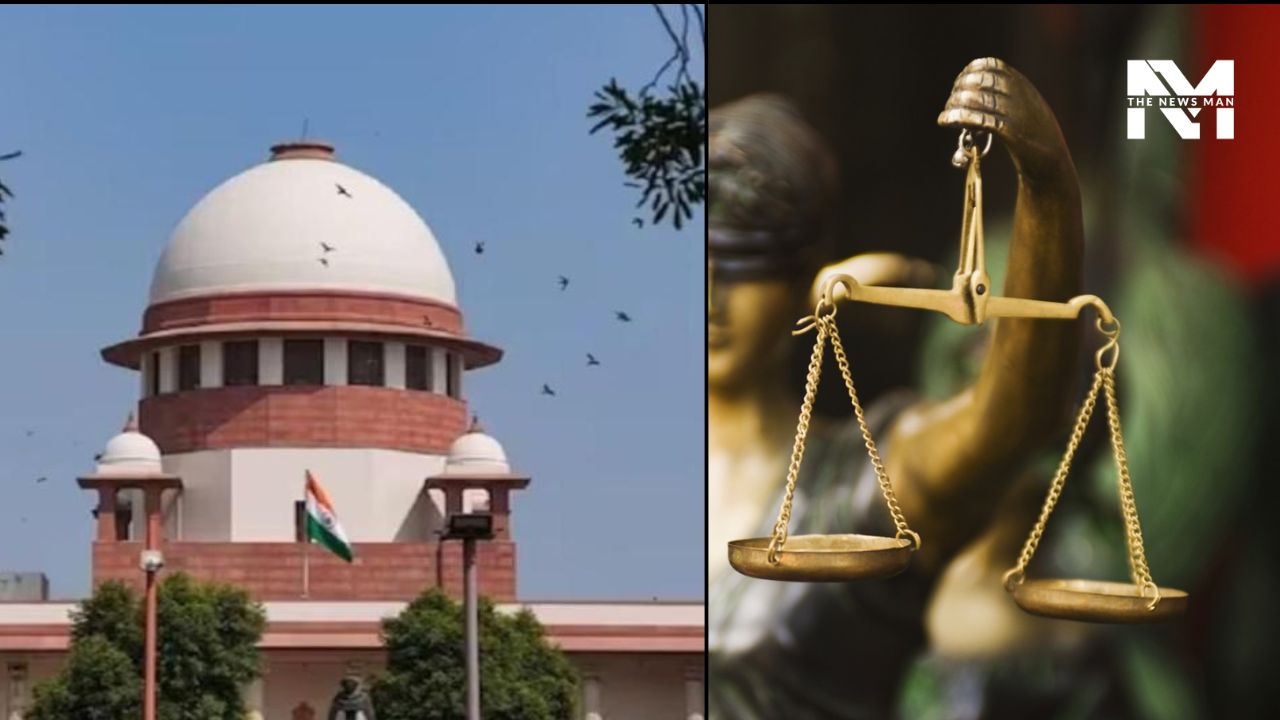How the Chief Justice of India Is Appointed: Process, Qualifications, Role, and Removal

Appointment: The Chief Justice of India (CJI) is appointed according to convention. The process begins when the outgoing CJI recommends their successor, who is usually the senior-most judge of the Supreme Court. The appointment is made by the President of India under Article 124(2) of the Constitution.
As per convention, seniority is determined by the length of service in the Supreme Court, not by age. For example, when an outgoing CJI such as Justice B.R. Gavai retires at the age of 65, the next senior-most judge is recommended as the successor. The recommendation is sent to the Union Law Ministry, which forwards it to the Prime Minister, who in turn advises the President on the appointment.
In some cases, when two judges have served the same number of years, other factors determine seniority, such as who took the oath earlier or who has longer experience in a High Court.
The actual procedure for appointing the CJI is outlined in the Memorandum of Procedure (MoP), an agreement between the Government and the Judiciary. As per the MoP, the Union Law Minister seeks the recommendation of the outgoing CJI. If the CJI doubts the suitability of the senior-most judge to hold the office, the Supreme Court Collegium is consulted. However, the MoP does not specify what happens if the government disagrees with the incumbent CJI’s recommendation. Importantly, the central government’s role is limited to forwarding the recommendation; it cannot override the choice.
Qualifications: To be appointed as a judge of the Supreme Court (and thereby eligible to become CJI), a person must
- Be a citizen of India
- Have served as a High Court judge for at least five years
- Have practiced as a High Court advocate for at least ten years
- Be considered a distinguished jurist in the opinion of the President
Role of the CJI: The Chief Justice of India serves as the head of the Indian judiciary and the Supreme Court. As the “Master of the Roster,” the CJI has the authority to allocate cases to different benches and decide when they will be heard. The CJI also leads the Supreme Court Collegium, which makes key decisions on judicial appointments and transfers.
Removal: The CJI can be removed only by the President of India following a motion passed by both Houses of Parliament. The motion must be supported by
- A majority of the total membership of each House
- At least two-thirds of the members present and voting
- This process ensures the judiciary’s independence and prevents arbitrary removal
Read Latest News and Breaking News at The Newsman, Browse for more Knowledge News



